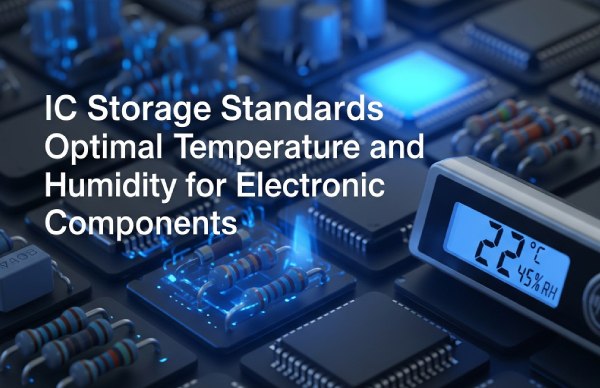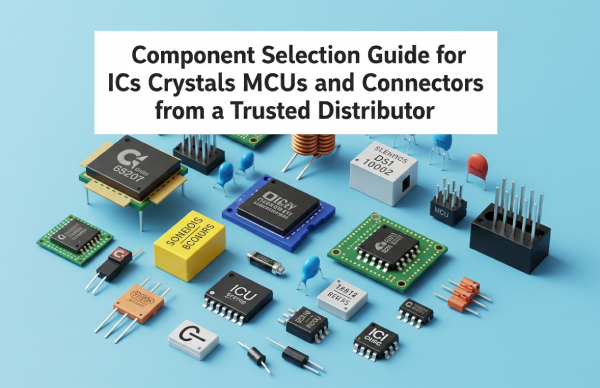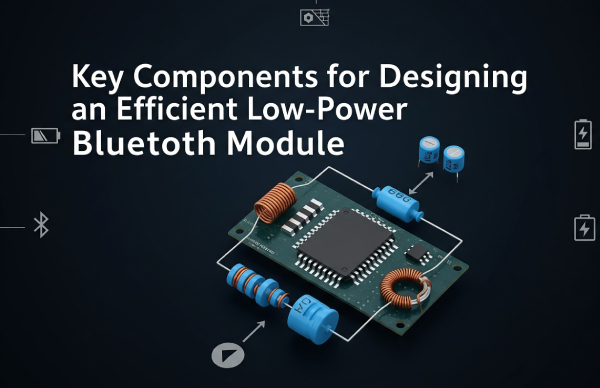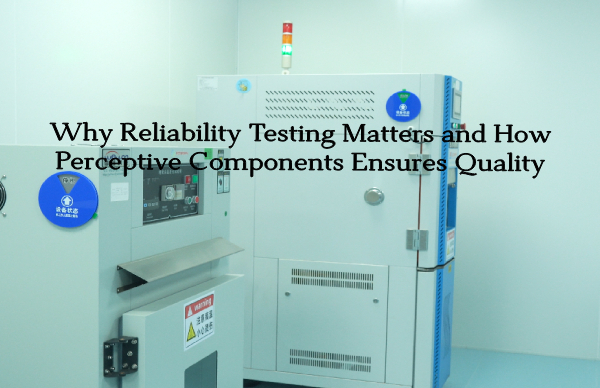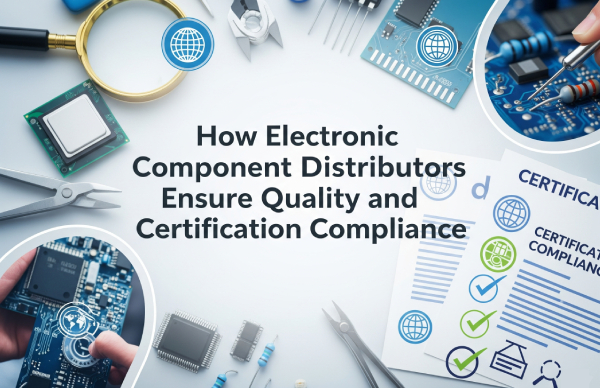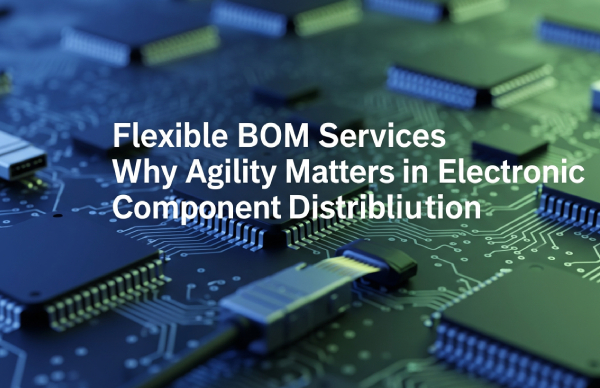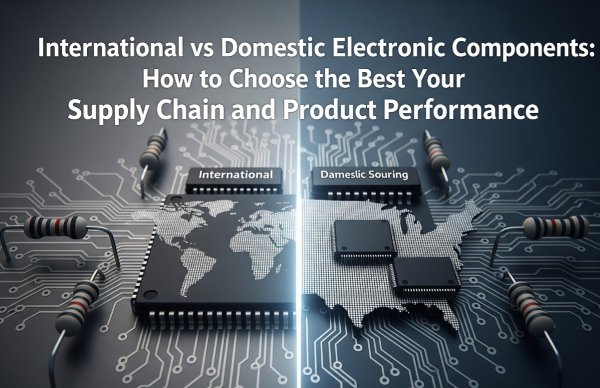The main goal of V2X communications is to enhance travel safety by enabling vehicles to seamlessly interact with other vehicles, transportation infrastructure, and cloud resources. To achieve this goal, V2X technology uses two main wireless communication standards: dedicated short-range communications (DSRC) and cellular V2X (C-V2X).
To be effective, the V2X standard must be able to withstand interference from other communication standards, and interoperability must also be considered. To ensure accurate data transmission, V2X requires a communication system that can operate uninterruptedly even when vehicles are traveling long distances (Figure 1).
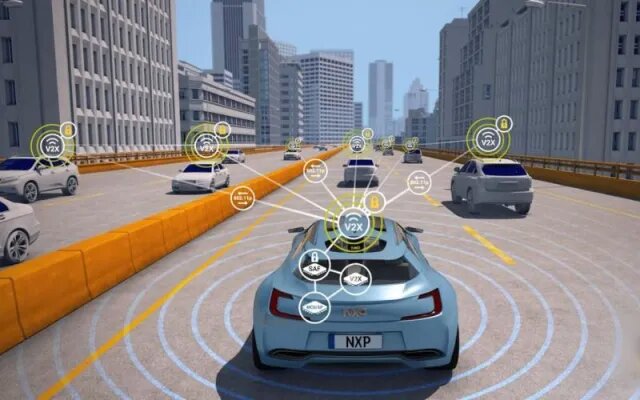
Figure 1: Vehicles connecting different parts of the V2X ecosystem using advanced communication standards.
Both DSRC and C-V2X communication standards show similarities in terms of integrated safety features and operating frequency range. Both standards utilize the 5.9 GHz band for communication and use the same message sets, SAE J2945 and J2735.However, DSRC is a proven technology that was initially adopted in Toyota models.
The complex connectivity and data-intensive workloads in V2X require high-speed wireless networks. based on Long Term Evolution (LTE) and existing cellular infrastructure, C-V2X is seen as a potentially disruptive technology that enables vehicles to access high-speed networks even in high-density areas on the side of the road.
The implementation of V2X technology combined with Advanced Driver Assistance Systems (ADAS) has already revolutionized the transportation and logistics industry as we move towards fully autonomous driving. As V2X technology continues to expand, the transportation industry is poised to take full advantage of the evolving connectivity system.
What is DSRC?
DSRC is a communication standard between vehicles and roadside infrastructure that uses IEEE 802.11p technology as its underlying physical and media access layer.
It operates in the 5.9GHz frequency band, has a communication range of up to 1,000m and is equipped with integrated security features to ensure reliable and secure communications. The standard also makes use of the SAE J2735 message set, which includes standardized messages for safety messages and emergency electronic brake light warnings (Figure 2).
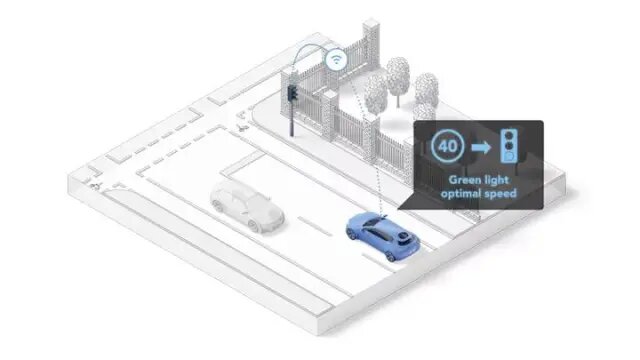
Figure 2: Vehicles communicating with transportation infrastructure.
Although DSRC has been widely adopted and deployed in various regions of the world, including the United States and Japan, it still faces certain challenges. For example, in high-density scenarios with more vehicles, the intensity of channel contention between vehicles will increase significantly. This leads to a significant degradation of IEEE 802.11 performance due to high transmission conflict rates and large channel access delays.
The challenges posed by the DSRC architecture have sparked curiosity in exploring the potential of cellular technology to facilitate efficient and reliable V2X communications.
Transition to C-V2X
C-V2X can be used to handle high network capacity requirements and support data-intensive with high bandwidth workloads. It has two transmission modes:
Direct secure communication, which enables vehicle-to-vehicle (V2V), vehicle-to-infrastructure (V2I), and vehicle-to-pedestrian (V2P) communication in Intelligent Transportation Systems (ITS) bands such as 5.9 GHz;
Network communications operating in spectrum licensed by mobile operators, thus enabling vehicle-to-network communications.
C-V2X technology combines the benefits of cellular networks and radio base stations to enable better safety services and autonomous driving. According to the 3GPP release, the latest version of C-V2X offers higher throughput and wider operator support than previous versions.
To address channel contention in high vehicle density scenarios faced by DSRC, C-V2X uses algorithms to detect available resources, organize them and select the least congested resource for transmission. Overall, C-V2X can provide more efficient resource allocation and a forward-compatible 5G evolutionary path.
The researchers predict that no single V2X technology will dominate in the near future. Instead, the industry will utilize a combination of DSRC and cellular network technologies to enable efficient communications (Figure 3). This hybrid DSRC and cellular architecture may face certain challenges in terms of vehicle mobility, such as vertical switching and network selection issues. However, extensive research has been conducted in the industry to mitigate these issues and to propose new architectures for global deployment.
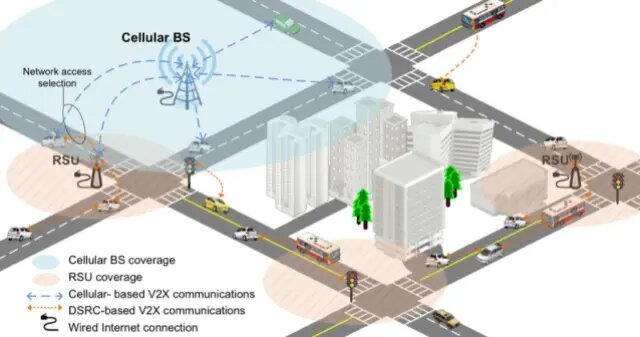
Figure 3: V2X communications using a hybrid DSRC and cellular architecture.
The role of the semiconductor industry
NXP Semiconductors is skeptical about the deployment of LTE C-V2X Release 14. Its view is that 5G V2X (the next logical step) is still several years away from realization. NXP has worked with Hitachi to develop wireless connectivity modules, including a flexible DSRC-based V2X solution for the Japanese automotive market.
Unlike NXP, Qualcomm is confident in the C-V2X connectivity standard. The company's C-V2X 9150 system-on-a-chip supports 5G and other ADAS sensors, including the C-V2X direct communication mode, which facilitates low-latency communication for V2I, V2V and V2P interactions. According to Qualcomm, the chipset operates in the 5.9 GHz band, providing superior reliability and performance compared to similar radar technologies.
Alps Alpine, a Tokyo-based chipmaker, offers a wide range of products suitable for V2X communications, with a particular focus on the UMCC1 series of cellular V2X integrated communication modules that support a wide range of applications. Developed specifically for the Chinese market, the devices integrate 3GPP Release 14, an LTE-based communication system for V2X services.
In addition to these tech companies, several other chip makers, such as STMicroelectronics, Murata, Quectel and u-blox, are also gearing up for mass production of chipsets and modules.
For more exciting articles, please click perceptive-ic.com.













